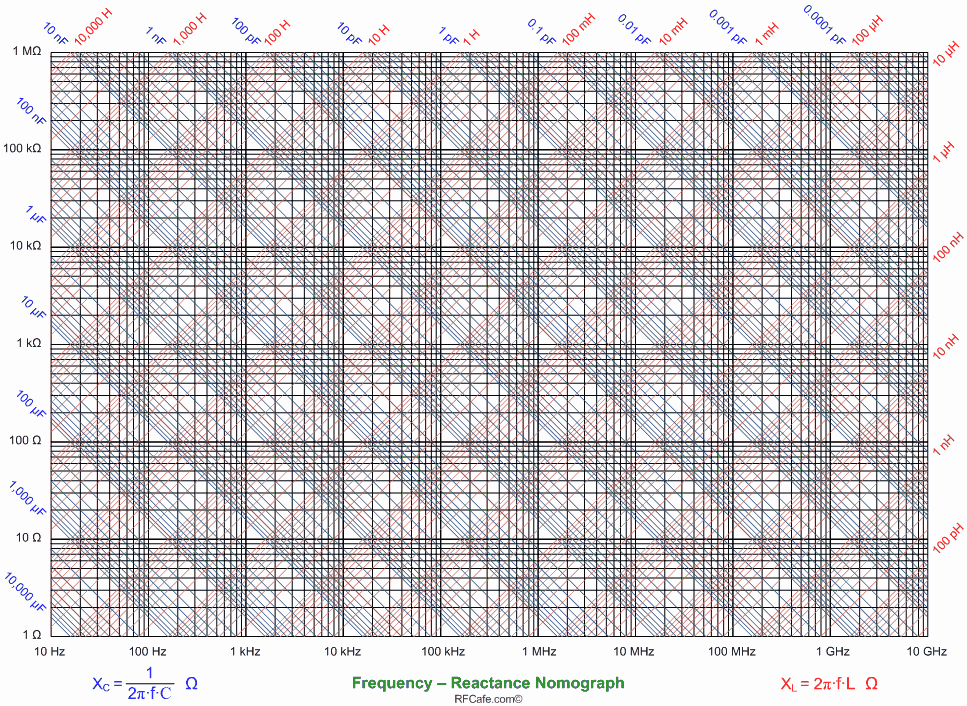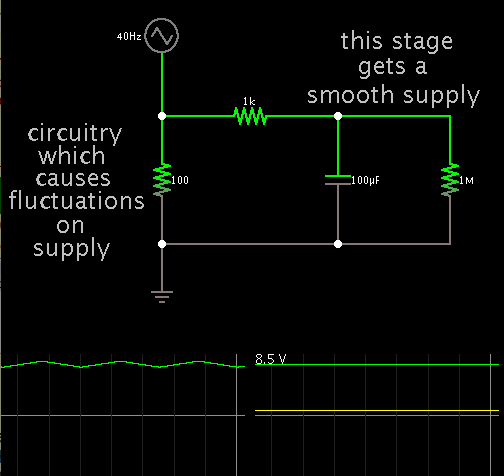Connecting varicap on regen receiver problem
http://www.zl2pd.com/img/varicap/VaricapFig1.gif
It works, but the problem is that when going into oscillation (SSB) frequency fluctuations occur in the oscillating tone (BFO). When using an air variable the tone is frequency stable, but with the varicap it has these fluctuations.
The circuit and the varicap are powered from a 9V battery. I have added a potentiometer in a voltage divider configuration to vary the voltage to the varicap.
Any suggestions of what to do to avoid these frequency fluctuations?
The supply to the varicap may not be stable, normally it is good to have a linear regulator for it. Also, maybe increase the resistor connected to the varicap, I don't think it should be so low (It can be 1M ohm or more). Finally, what frequency are you working at? The BB212 is for AM, and has a very large capacitance change, so intended for 1MHz or so, I guess.
Shortwave bands, something like 7mhz-14mhz. I had the same fluctuations when I tried this varicap type on another circuit (oscillator) as well...
I tried the 1M, no success...
I have tried a bb112 as well with a series capacitor. The same fluctuations again...
The battery is the cleanest PSU, I do not think adding a linear regulator will do good, but I will try.
I think if you leave the capacitor across the coil, and then add your circuit, so that a capacitor is always present, to get you to the minimum capacitance needed for the oscillator.
Then, you could test if the power supply is having an influence by connecting the 1M resistor to ground.
Are you saying that there is noise on the voltage control line causing this or it is load dependant or supply sensitive. isolating the error is crucial. perhaps you need a 2.5V ref to amplify the control voltage. to provide bias.
I tried this, leave a capacitor across the coil and then connect the diode in parallel. no success.
- - - Updated - - -
I do not really have a means of measuring this. The sound comes out on the speaker, when in oscillating mode, sounds like a toy laser gun, or a very quick sound changing siren. I do not know how else to describe it
Ok, I have tried both varicap types in another MC1648 based VCO. I have noticed the same fluctuations, even if the varicap was powered from a battery and a potentiometer in voltage divider configuration.
I am starting to assume that varicaps can never be as good as an air variable capacitor for SSB operation.
Have you ever noticed these tone fluctuations on your varicap tuned VCOs?
The only way to make a free running varicap tuned oscillator to be as stable as a variable capacitor (mechanical) oscillator, is to reduce as low as possible the gain of the VCO (MHz/V). But in this situation you lose frequency range.
The problem may be with the Q being loaded by the tuning resistor.
10 pF @ 10MHz is 1K5 Ω and a Q of 50 is desirable. That means the Tuning R needs to be >75K IF 10pF is the minimum varicap value. I suggest trying 1MΩ. The delay from RC time constant should not pose a significant problem. If so, reduce to 100kΩ min.
I like to refer to my 40 yr old nomograph that I still use instead of a calculator for estimates.

Splitting the tuning R in half with a cap to ground in between ought to filter any supply ripple.
I have not worked with varicaps so I can't speak specifically about operating one.
Where you have the main circuit causing (or is okay with) noise on the supply, and you need to power a sub-circuit which draws very little current, there is a method to smooth the supply.
It involves installing a resistor to provide a degree of isolation. This increases the effectiveness of whatever filter capacitor you install.
Per schematic:

The left oscilloscope trace shows volt level at the left end of the 1K resistor. The right trace shows the right end.
It will help to increase the value of the middle resistor, so as to reduce the influence of supply fluctuations, yet provide enough current to operate the varicap.
that may work except 1MΩ needs to be in series to control Vcap
Yes, it might take some adapting to get the isolation concept to work.
Another smoothing method I've seen is a capacitance multiplier. This uses a transistor to make a small capacitor act like a large one. Don't know for sure if it can be adapted.
--------------------
Here is a tutorial webpage with some tips about using a varicap/varactor.
http://www.radio-electronics.com/inf...s/circuits.php
It mentions that the inclusion of a coil can cause spurious oscillations.
This link is to the first page of the varactor chapter:
http://www.radio-electronics.com/inf...s-tutorial.php
varicap Connecting receiver 相关文章:
- Varicap driving without current limiting resistor.
- Connectong two or more varicaps in series to reduce minimum capacitance?
- Re: Connectong two or more varicaps in series to reduce minimum capacitance?
- Re: Increasing the range of varicaps, tips and tricks needed
- Increasing the range of varicaps, tips and tricks needed
- Driving varicap with high voltage generates harmonics.
